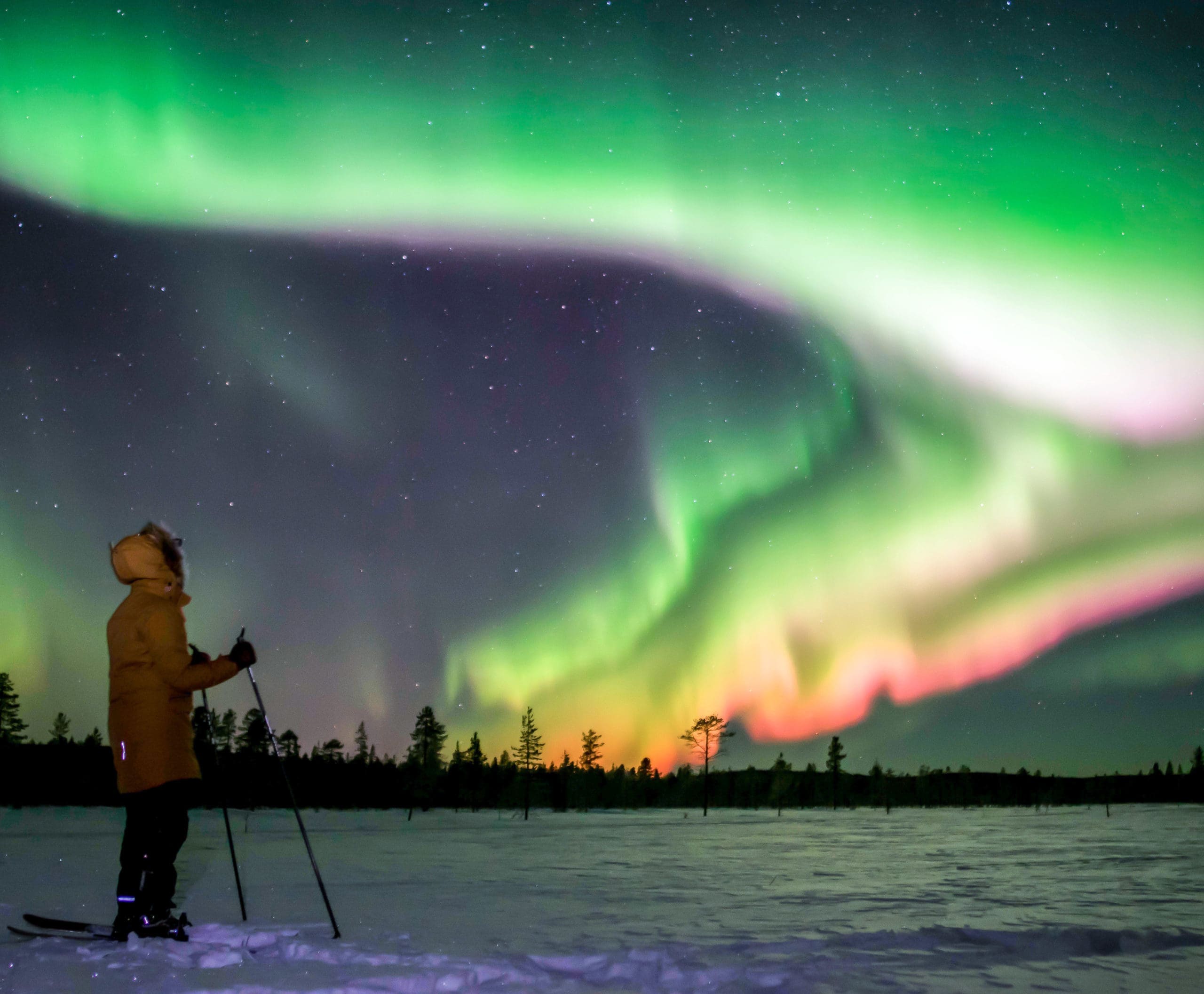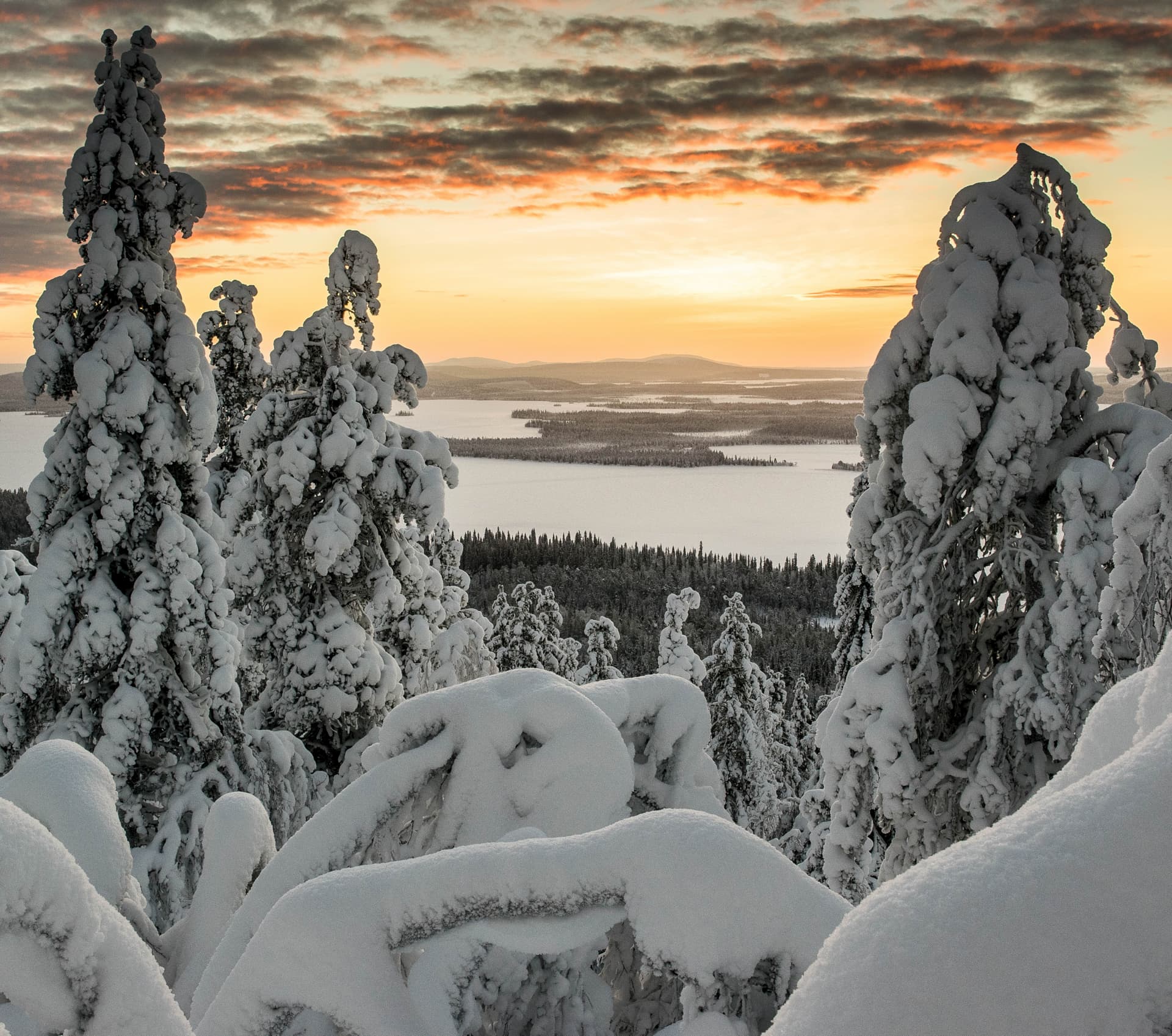Fishing is a beloved pastime for many, offering a chance to connect with nature and enjoy the thrill of the catch. However, the experience can vary significantly depending on whether you’re fishing in the summer or braving the cold for ice fishing. In this article, we’ll explore the key differences between ice fishing and regular fishing, providing you with a comprehensive understanding of each method.
Seasonal and Environmental Conditions
One of the most obvious differences between ice fishing and regular fishing is the environment. Regular fishing typically takes place in warmer months, from spring through fall, when lakes, rivers, and oceans are free of ice. Anglers can enjoy the open water, often from a boat or the shoreline, under sunny skies and mild temperatures.
In contrast, ice fishing occurs during the winter months when bodies of water are frozen over. Anglers must contend with freezing temperatures, snow, and ice. This requires specialized gear and clothing to stay warm and safe. The ice must be thick enough to support the weight of the angler and their equipment, usually at least 4 inches thick.
Equipment and Techniques
The equipment used in ice fishing is quite different from that used in regular fishing. For regular fishing, anglers typically use long rods, reels, and a variety of lures and baits. Boats, kayaks, and other watercraft are often employed to reach deeper waters or specific fishing spots.
Ice fishing, on the other hand, requires specialized gear. Anglers use shorter rods, often between 18 to 36 inches, and ice augers to drill holes in the ice. Modern ice anglers also use battery-operated sonar units to locate fish beneath the ice. Tip-ups, which signal when a fish bites, are commonly used to monitor multiple holes simultaneously. Additionally, ice shanties or tents provide shelter from the harsh weather, making the experience more comfortable.
Mobility and Fishing Spots
Mobility is another key difference between the two types of fishing. In regular fishing, anglers can easily move from one spot to another, either by walking along the shoreline or using a boat. This allows for a more dynamic fishing experience, as anglers can quickly change locations if the fish aren’t biting.
Ice fishing, however, requires a more stationary approach. Once a hole is drilled, anglers typically stay in that spot for a while, although modern ice fishing techniques have increased mobility. With portable gear and sonar units, ice anglers can drill multiple holes and move between them to find active fish. This method, known as “hole hopping,” helps increase the catch rate by minimizing the wait between bites.
Fish Behavior and Bait
Fish behavior also varies between the two fishing methods. In warmer months, fish are generally more active and can be found in various parts of the water column. Anglers use a variety of lures and baits to attract fish, often mimicking the movements of prey.
During the winter, fish are less active and tend to congregate in deeper, warmer parts of the water. Ice anglers must use different techniques to entice bites, such as jigging or dead sticking. Live bait, such as minnows or wax worms, is often used, as well as specialized ice fishing lures designed for vertical presentation.
Safety Considerations
Safety is a crucial aspect of both types of fishing, but it takes on added importance in ice fishing. Anglers must ensure the ice is thick enough to support their weight and equipment. Falling through thin ice can be life-threatening, so it’s essential to check ice thickness regularly and be aware of changing conditions.
In regular fishing, safety concerns include wearing life jackets, being mindful of weather conditions, and using proper boating safety practices. While these are important, the risks are generally less severe than those associated with ice fishing.
In conclusion, while both ice fishing and regular fishing offer unique and enjoyable experiences, they require different approaches, equipment, and safety considerations. Whether you prefer the warmth of summer or the challenge of winter, understanding these key differences can help you make the most of your fishing adventures.
If you’re intrigued by the idea of ice fishing and want to experience it in one of the most beautiful settings, consider booking a Lapland tour with Wildmaker Lapland. We offer luxury ice fishing experiences, complete with snowmobile transportation, heated tents, and expert guides to ensure a memorable and enjoyable adventure. Visit our website to learn more about our services and start planning your next fishing trip in the stunning landscapes of Lapland.



